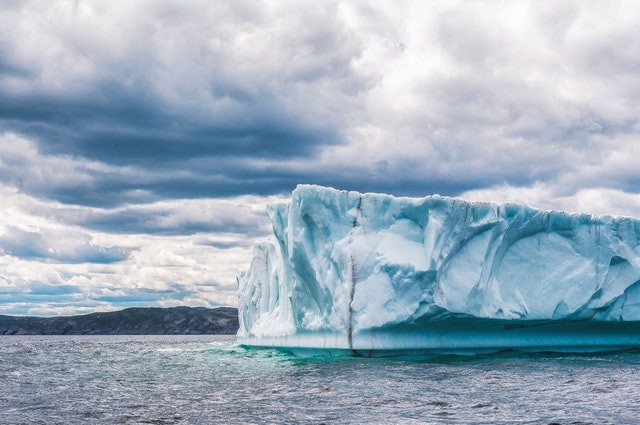According to experts, the worsening global warming has caused irreversible changes to the glaciers in New Zealand. After years of observation, they uncovered that glaciers are melting at an alarming rate, a tell-tale sign of the impending natural changes brought about by climate change.

Goodwin's Journey Down the Length of New Zealand
When Cliff Goodwin initially came to Franz Josef he had no knowledge about the glacier. It was 2001, and Goodwin had been journeying down the length of New Zealand from Taranaki (his hometown) performing odd jobs such as housekeeping, fruit picking. He said he worked until he had $1,000, then he travelled until he had $100. Goodwin had been making plans to top up his bank account, then leave.
But soon after his arrival in Franz Josef - on the West Coast of the South Island, at Southern Alps's foot - he went to visit the biggest draw in the town.
A brief drive into the valley, a conspicuous white face of the glacier: a thick seam of ice powerfully moving and making its way down from the mountains and into the stony riverbed beneath Goodwin that was confronted.
The view of snow was almost frightening, very close to the ocean - the glacier stops just 20km from the Tasman Sea - and so close up. But Goodwin was not satisfied with just looking. "I did what many young boys did: jumped over the obstacles, went and strolled on the ice, and had a joyous old time," he says. "It was amazing. I didn't have any footwear on, either."
Glaciers Experience Stages of Advance and Retreat
Soon after that, Goodwin secured a job as a glacier guide - and one season changed into many. Presently he and his wife Tash own their own company, taking walking tours of nature through the glacier valley.
The local history was what drew Goodwin - stories of the storming advances of the glacier, sometimes so rapid that snow would engulf footwears left at its base within just a day; and the succeeding periods of retreat, uncovering gear and paths from the past.
On the system in his office, Goodwin has gathered thousands of pictures of the glacier, dating back to the late 19th century and its first days as a tourist destination.
He said he became in love with the glacier a long time ago, "maybe just because it's moving, it's living, it's transforming," he says. "You can try understanding it, foretell it, know what it's going to do next. "By nature, glaciers experience stages of advance and retreat.

Aerial Surveys of the Southern Alps
But recently these enormous bodies of ice - so huge and ancient as to have carved the Earth surface - have been falling back in a warming world. For more than 40 years, yearly aerial surveys of the Southern Alps have revealed the altitude at which snow continued throughout the year is going higher, and the total volume of ice decreasing - with flow-on effects for the glaciers.
An analysis made by the National Institute of Water and Atmospheric Research (Niwa) shows that from 1977 to 2014, a third of the indefinite ice and snow was lost from the Southern Alps - a dramatic decrease that started advancing rapidly in the last 15 years.
Related Article : Oldest Ice in Earth: The Hidden Glacier Ice in McMurdo Dry Valleys
For more news, updates about glaciers and similar topics don't forget to follow Nature World News!
© 2026 NatureWorldNews.com All rights reserved. Do not reproduce without permission.





